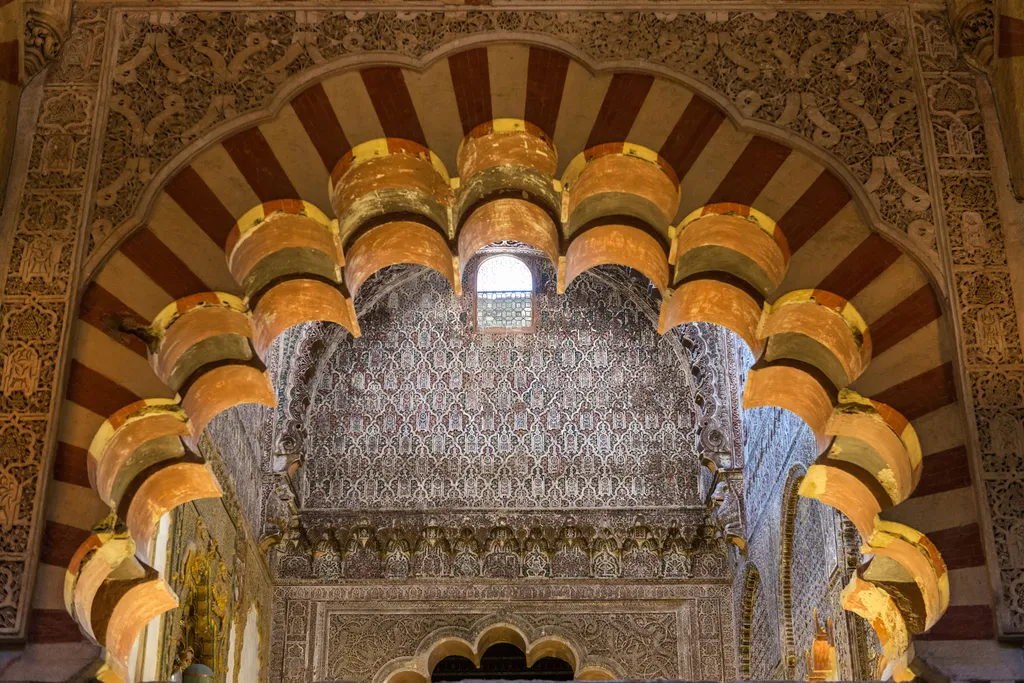In the heart of the Andalusian countryside, a remarkable restoration project has breathed new life into an 18th-century palace house, offering insights that could reshape the future of traditional architecture and energy efficiency. The project, detailed in the Journal of Traditional Building, Architecture and Urbanism, is a testament to the power of preserving historical craftsmanship while integrating modern technology.
The palace house, located in Fuentes de Andalucía, was originally constructed by Alonso Ruiz Florindo, a prominent figure in Andalusian architecture. The building, a prime example of vernacular Baroque style, was in a state of disrepair, with visible signs of ruin and abandonment. Architect Fernando Martín Sanjuán, the lead author of the study, undertook a comprehensive restoration that not only preserved the building’s historical integrity but also enhanced its energy efficiency.
“The challenge was to respect the original design while introducing modern elements that would improve the building’s functionality and sustainability,” Sanjuán explained. The restoration involved structural consolidation, elimination of moisture, and the complete renovation of the roof. New volumes were added, open spaces were recomposed, and modern infrastructure and climate control systems were incorporated.
One of the most striking aspects of the restoration was the meticulous recovery of the original ornamental geometry of the carved brickwork, both on the façade and in the courtyard. This attention to detail is a hallmark of Ruiz Florindo’s work and a key feature of Andalusian Baroque architecture.
The project’s success lies in its ability to bridge the gap between tradition and innovation. By preserving the original craftsmanship and incorporating modern energy-efficient systems, the restoration offers a blueprint for future projects that aim to balance historical preservation with contemporary needs.
“This project demonstrates that it is possible to respect the past while looking towards the future,” Sanjuán said. “It’s a model that can be applied to other historical buildings, not just in Andalusia, but around the world.”
The implications for the energy sector are significant. As the world grapples with the challenges of climate change, the restoration of historical buildings offers a unique opportunity to reduce energy consumption and promote sustainability. By integrating modern technology with traditional design, architects and builders can create spaces that are not only beautiful and functional but also environmentally responsible.
The restoration of the palace house in Fuentes de Andalucía is a testament to the power of preservation and innovation. As detailed in the Journal of Traditional Building, Architecture and Urbanism, the project offers a compelling vision for the future of architecture, one that respects the past while embracing the possibilities of the present and the future.

